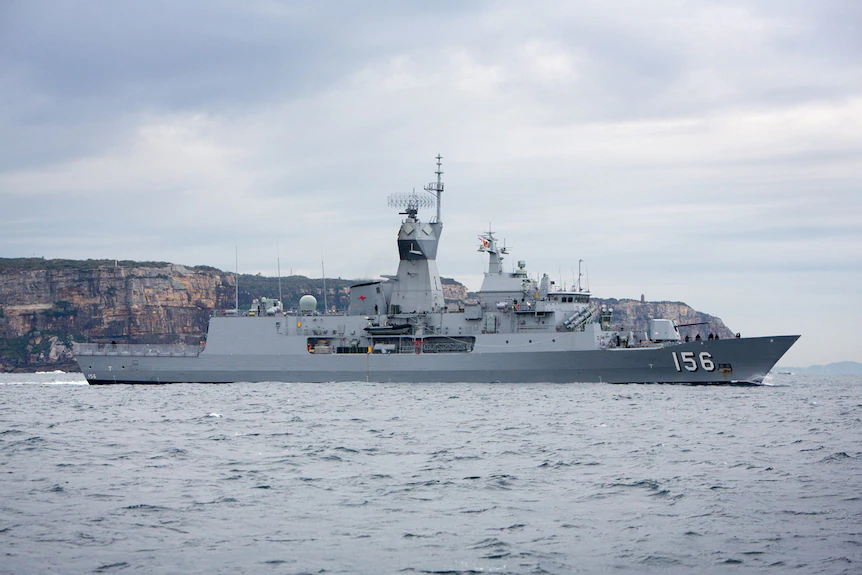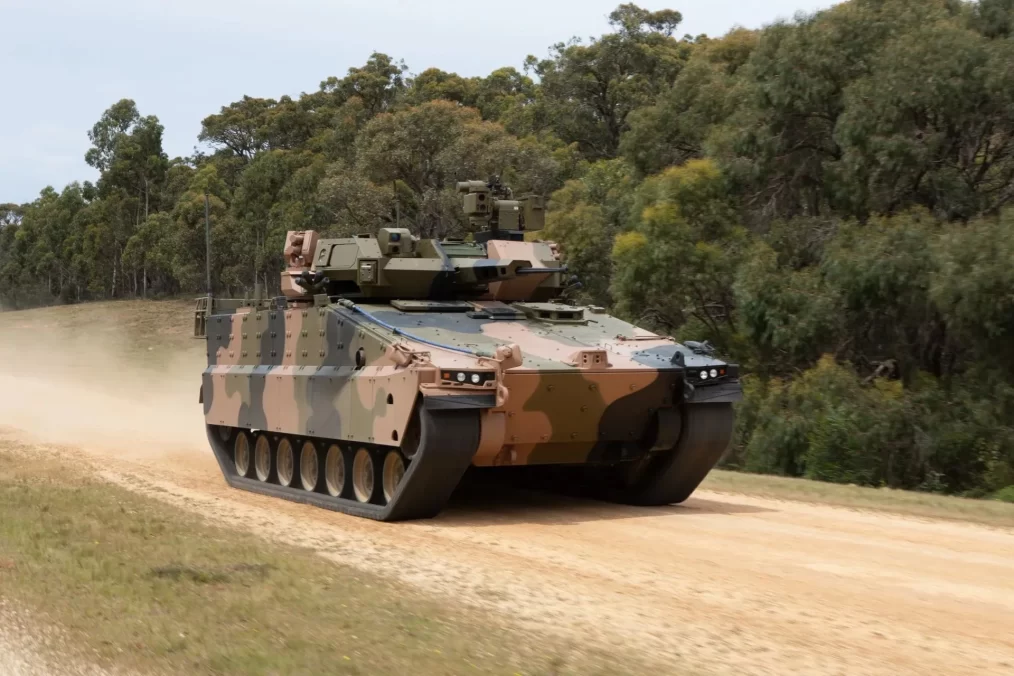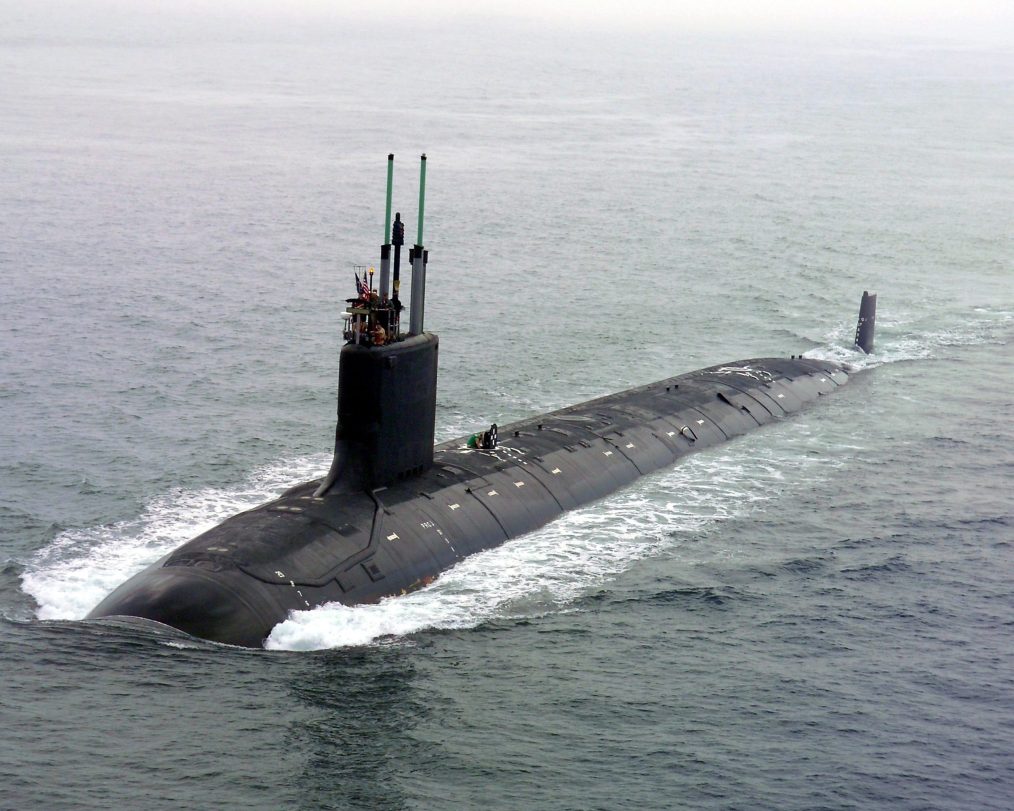By APDR
Australia has awarded a contract to Polaris Australia for the DAGOR vehicle, an off-road and internally transportable tactical mobility platform from the company’s Government and Defence division. The contract is valued at A$22 million (US$14.6 million) and includes vehicles, mission accessories, technical manuals, spare parts and tool kits, driver and maintainer training and ongoing, in-country support.
Polaris will deliver the DAGOR vehicles to the Australian Defence Force in several variants in support of joint missions worldwide. The four-wheel, all-terrain vehicles will be configured in three different variants – a transport variant for enhanced tactical mobility and greater standoff; an expeditionary reconnaissance variant for continued agility and increased stealth in austere conditions; and a cargo variant with the rear seats replaced with a rear bed extension for increased combat load capacity. Polaris engineered standard mission configuration items, as well as locally engineered and manufactured content, will be integrated onto the vehicles at a Polaris facility in Melbourne.
“We are proud to provide this capability for Australian personnel. The DAGOR all-terrain vehicle will allow teams to move faster, carry more and significantly reduce combat fatigue by navigating complex terrain otherwise covered on foot,” said Michael Cannell, Government and Defence sales and operation manager, Polaris Australia. “Polaris Australia will also provide in-country sustainment, leveraging the global presence of Polaris as these vehicles deploy globally.”
DAGOR comprises an optimal balance of rapid air transportability, payload capacity and advanced mobility and is the most capable military platform in its class for off-road, rugged terrain. The chassis and suspension are engineered for off-road operation at full payload of 1,814 kilograms (4,000 pounds), which also contributes to the vehicle’s overall reliability and durability. DAGOR uses a readily available commercial off-the-shelf (COTS) driveline, controls and components like a diesel/JP8 engine selected for its ideal combination of power, weight and size. DAGOR can produce up to 4.4 kW of exportable power and is heavy-weapons capable. Its weight and size allow it to be internally transportable on a variety of in-service aircraft, including CH-47, C-17 and C-130 and is also airdrop and sling-load certified.
“Collaboration within the global defence community is critical to mission success and equipment commonality helps enable interoperability among joint forces,” said Nick Francis, vice president, Polaris Government and Defence. “Polaris military vehicles have become force multipliers for expeditionary forces by extending mission range while mitigating operator fatigue and increasing mission readiness and capability.”
DAGOR’s unique design and use of commercial components allows for ease of operation, maintenance and sustainment in support of combat operations. Allied forces that also have the DAGOR platform include U.S. forces, Canadian forces, and multiple European countries. DAGOR vehicle production is underway, and deliveries will take place over the next two years. These vehicles will augment existing Australian vehicle fleets, which include two other Polaris products: the MV850 and Sportsman 6×6 Big Boss ATVs.










